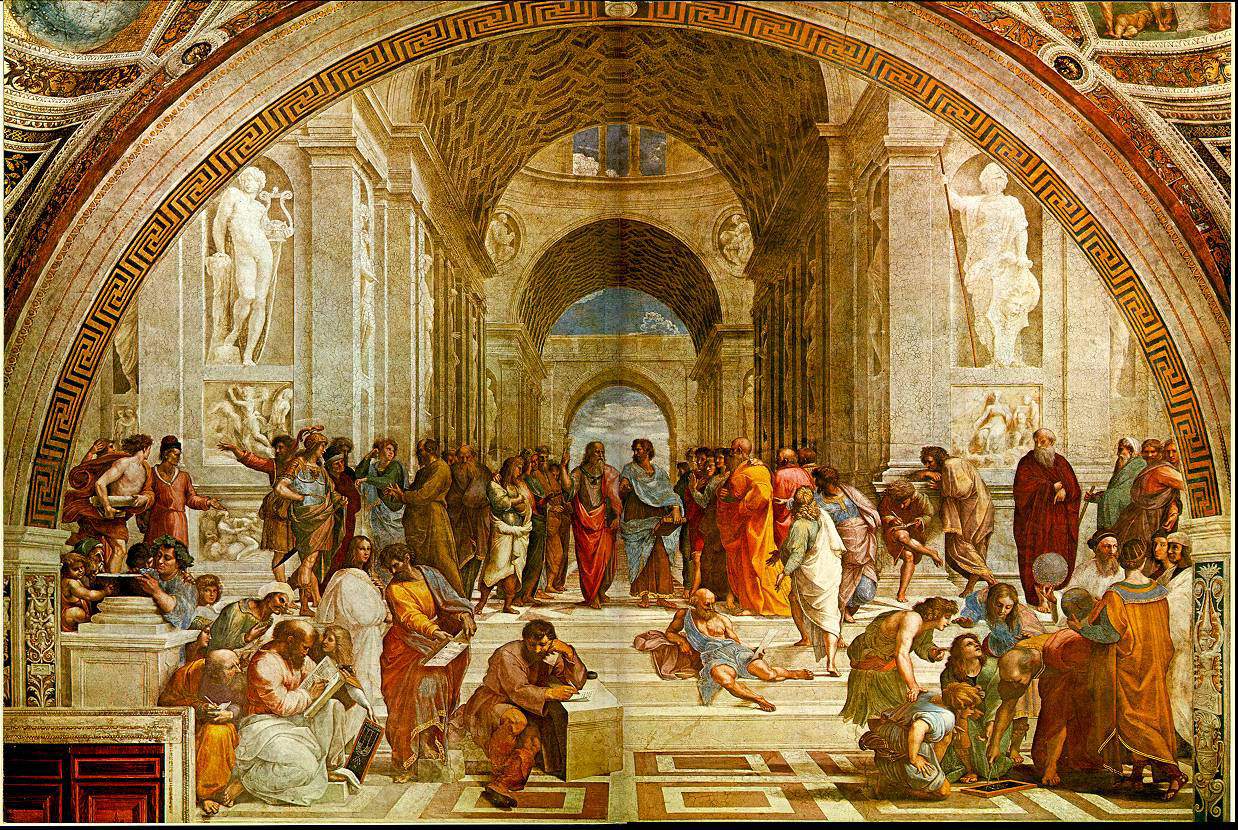Serendip is an independent site partnering with faculty at multiple colleges and universities around the world. Happy exploring!
rachelr's blog

Reading Ponderings (and what makes a life worth grieving for)
In completing the readings for next class I was left with many questions. The article brought up great points about intra-action, right relationships, accountability, action, and mourning. How does it all fit in with gender and sexuality? Some connections I can see, others I am struggling more with.
From what we read of Humbach, I was somewhat puzzled by the example with Mr. Able, Baker, and Charles (11). I understand that Able represents a right relationship and that Charles is not, but how Baker is described as imitating a right relationship confuses me. Is it that he himself considered stealing the camera the problem, or would just recognizing the fact that it could be stolen be a problem? If you see a car door left open, expensive stereo equipment inside in a bad part of town and think to yourself that someone might or could steal it put you in a “wrong” relationship? I’m not sure of the line on this one…
In addition, does the fact that someone can and does “act most viciously” mean that all of their relationships are wrong relationships (13)? I don’t think so- even murderers care about friends and family, and their wrong relationships with their victims does not invalidate the right relationships that they have had in their lives. Can “seeming” even count as a right relationship? How can you tell if a relationship is right or if it only seems to be?

I didn't get what I expected
Starting out reading the preface for “Brain Storm” I expected to find out what some common differences are between brain structuring is between people who identify as different genders. As we saw from our readings last week, some women have equal levels of testosterone as men or sometimes even higher levels, so if hormone levels currently present in the brain doesn’t account for gender differences, it makes sense to me that it would be some structural wiring in the brain. Instead I found myself reading about case after case, generalization after generalization, being torn apart. Good points were brought up in both “Brain Storm” (how we gather information, quasi experiments, professional and academic differences/similarities, socialization vs. biology, sex vs. gender) and the critique “Looking for Difference?” (group differences vs. individual differences, assuming universal behavior, heterosexism as the norm, decreased masculinity of gay men, the rigidity of some scientists, inability to reconsider a better explanation for results). However I found myself disappointed at the end of the readings because I just didn’t come away with what I expected to.
Something that particularly resounded with me was on page 271 of “Brain Storm” with the summary:
“The three key concepts are the inseparability of experience and heredity, the importance of random events, and the fact that development is a lifelong process. Outcomes in the cognitive domain, in particular, are always contingent, rather than ultimate.”

Environmental Influence

I greatly enjoyed the readings for this week; I felt that they all built up on each other and I found myself reading all of the articles with interest, learning something new. What most interested me was the stress put on the environment as a factor in testosterone levels and linked to that, behavior. Not only does our culture stress testosterone as a metaphor for manhood but it is high susceptible to the environment, creating complex correlations and facilitating risk (The He Hormone). Both physical and mental performance depend on testosterone levels in both men and women. I was actually incredibly offended in The He Hormone when, right after we hear about Toys “R” Us trying to make different sections for boys and girls in their stores and Fox Family and their “boyz” and “girlz” channels that Matt Ridley starts drawing lines between male and female behavior and ending with, “…a feminine paradise would have arrived.” By saying that, he draws gender binaries just as strong as those drawn by Toys “R” Us and Fox Family. I was very disappointed that his statement was even included.

What DOESN'T work with space
So to go off of what we were talking about in class I want to mention a music center that for me is extreemly unappealing. Perhaps someshine can voice his thoughts as he is also from Seattle, but we have a building near the Space Needle called the EMP (Experience Music Project) which is a museum basically of Seattle pop music and science fiction (a weird combo to begin with). It has stuff on Nirvana, Jimi Hendrix, etc. It was designed by a famous architect, Frank Gehry.

While this isn't a concert hall, it is a memorial to music and I feel is meant to represent what music was and is. I'm torn with the EMP between extreem hatred for its exterior, and an appreciation with what was done with the inside. The inside is cool. Just as some think that the Pyramide du Louvre is the scar on the face of Paris, I think that the EMP is the scar on the face of Seattle. I can't get beyond the exterior to see the beauty of the inside because of the blaring exterior. I don't know if that means I judge a book by its cover (I hope I don't), but how should I judge this building? By the interior or the exterior? How does the EMP make you feel?

Some rambling and a question for the class
In Price’s introduction she mentions the sanctity of knowledge, the ivory tower of thought only open to the privileged genius of our era, the perfect academic who can meet with other academics in their spheres of thought, to sit and talk at length about theories of the universe or the meaning of life. When I read this I immediately thought of Renaissance paintings such as Raphael’s School of Athens. That ideal of academia, Plato and Aristotle debating at length under the majestic stone archways, walking the tiled halls with fellow thinkers pushes out, as Price said, the teacher who can’t sit in a staff meeting or the child who can’t control their outbursts in class. We are constantly barraged by images of the perfect; models whose size and proportions have been digitally altered for magazine covers, students who score perfect SAT or ACT scores and not only are admitted to every Ivy League school but receive a full ride on a sports scholarship. Rare are the John Nashes and the Marlee Matlins who occupy the spotlight in our world today.


Is this your home?
So as I was um, taking a break from calculus today I found this interactive video that I think relates to our conversation about home. It works better with a fast browser and internet connection, and they're serious about closing other pages and programs. Its REALLY COOL! Enjoy :)







